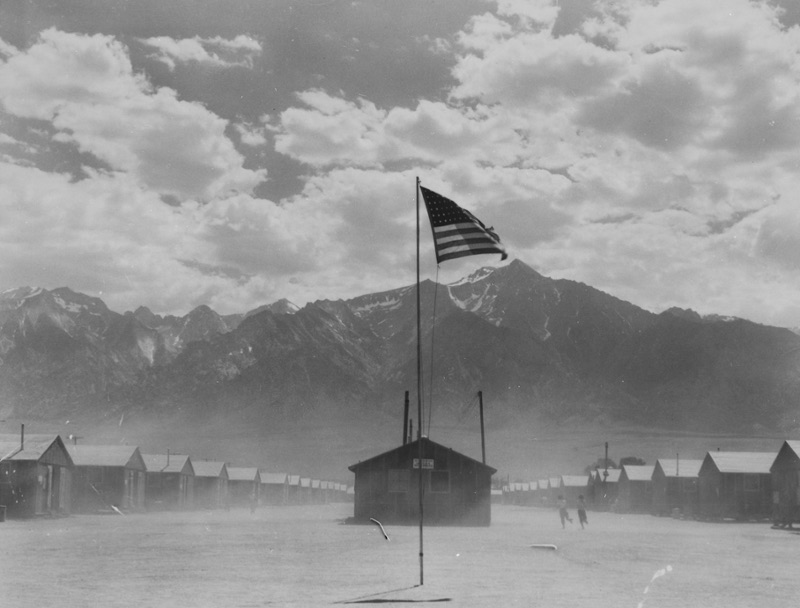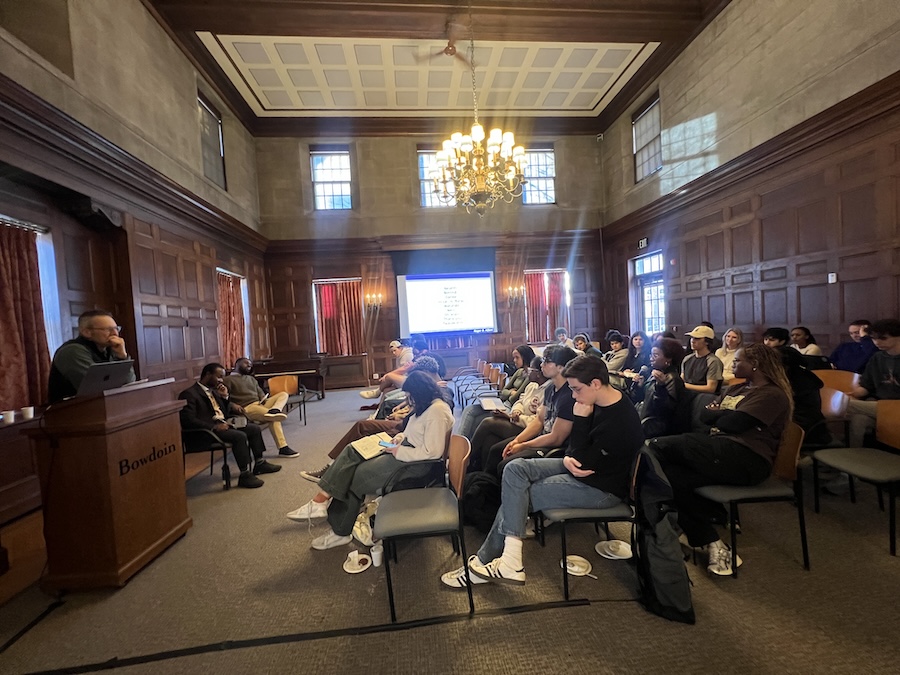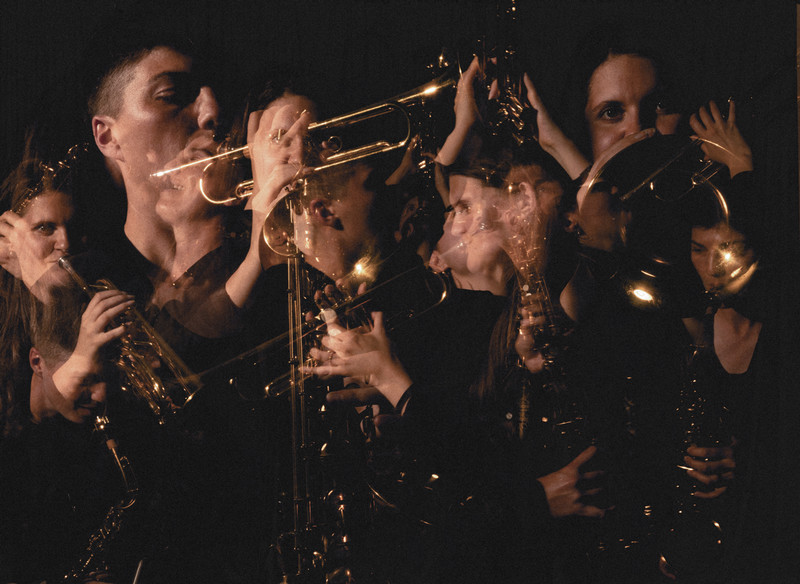Bowdoin’s Chiang Describes a Wartime Environmental Injustice
By Tom PorterEight decades ago, on February 19, 1942, President Franklin D. Roosevelt signed Executive Order 9066, a decree that paved the way for “one of the most egregious miscarriages of justice in American history,” writes Professor of History and Environmental Studies Connie Chiang in The Conversation and picked up by many media outlets including the Houston Chronicle.

Driven by an unjustified fear that the USA’s Japanese American population might commit acts of sabotage now that war with Japan was underway, the order enabled tens of thousands of them to be expelled from so-called Military Areas and interned in hastily constructed camps in California, Arizona, Utah, Idaho, Wyoming, Colorado, and Arkansas.
“While some were allowed to leave camp for military service, college, or jobs,” says Chiang, “many lived in these desolate places until the war ended three years later.” They were forced to leave behind their homes, businesses, and farms and to endure often harsh environmental conditions, “from the temperate lands of the Pacific coast to the arid deserts of the inland West.” In all 110,000 Japanese Americans were detained, we are told, two-thirds of whom were American citizens.
A governmental commission appointed by Congress investigated the episode in the early 1980s, writes Chang, hearing testimonies from hundreds of survivors. In light of the commission’s report, the US government issued a formal apology in 1988 and awarded $20,000 in compensation to each of the more-than-80,000 living victims.
“The success of the redress movement, however, did not mark the end of political action,” explains Chiang. “Survivors and their families, activists, and scholars… continue to draw attention to the environmental dimensions of the Japanese American incarceration. Most years, they make pilgrimages to the former camp sites, some of which are administered by the National Park Service as national historic sites, landmarks, and monuments.”
Read Professor Chiang’s article in The Conversation.
Chiang is the author of Nature Behind Barbed Wire: An Environmental History of the Japanese American Incarceration (Oxford University Press, 2018).



